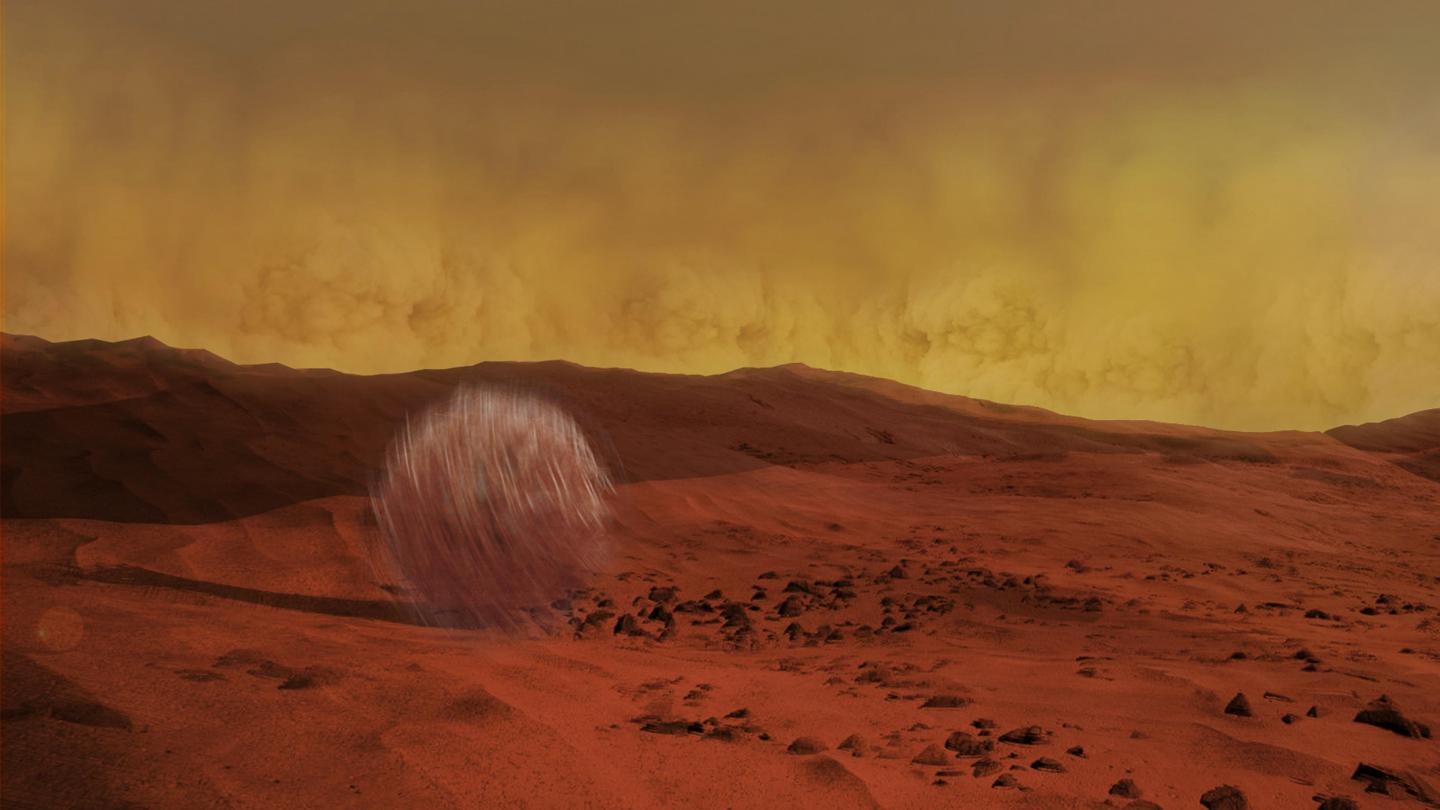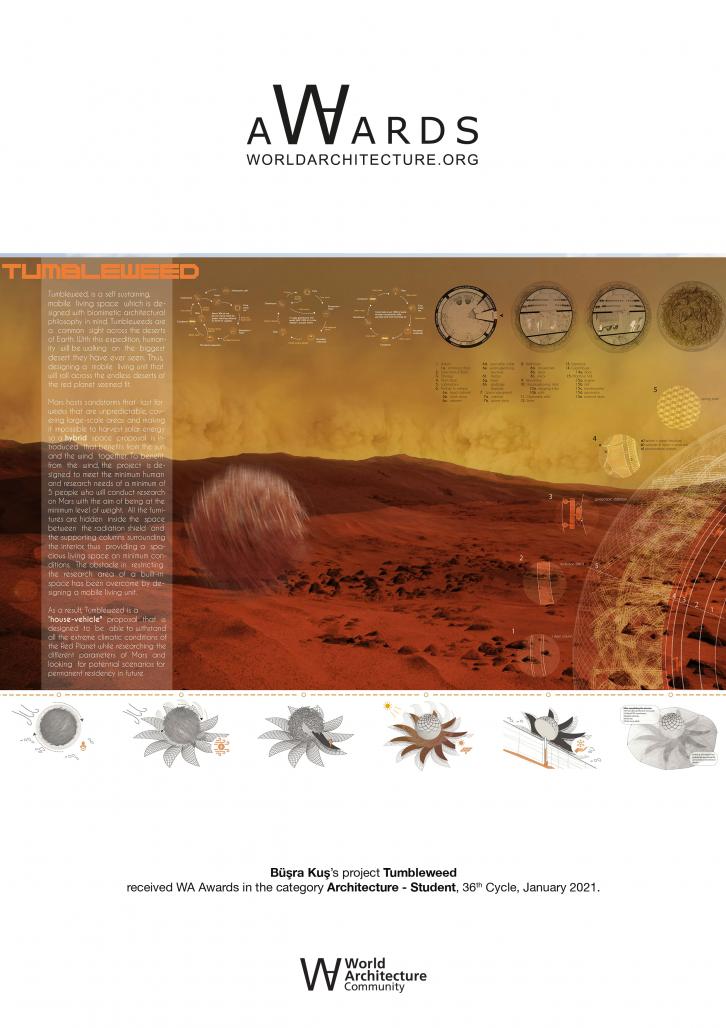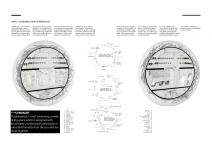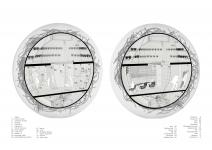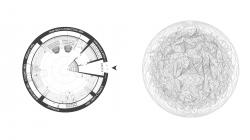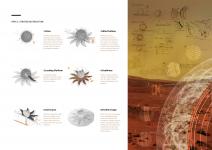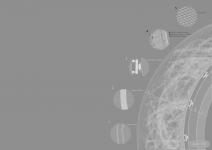Tumbleweed is a self-sustaining, mobile living space that is designed with biomimetic architectural philosophy in mind. Tumbleweeds are a common sight across the deserts of Earth. With this expedition, humanity will be walking on the biggest desert they have ever seen. Thus, designing a mobile living unit that will roll across the endless deserts of the red planet seemed fit.
Mars hosts sandstorms that last for weeks that are unpredictable, covering large-scale areas and making it impossible to harvest solar energy so a hybrid space proposal is introduced that benefits from the sun and the wind together. To benefit from the wind, the project is designed to meet the minimum human and research needs of a minimum of 5 people who will conduct research on Mars with the aim of being at the minimum level of weight. All the furnitures are hidden inside the space between the radiation shield and the supporting columns surrounding the interior, thus providing a spacious living space on minimum conditions. The obstacle in restricting the research area of a built-in space has been overcome by designing a mobile living unit.
As a result, Tumbleweed is a “house-vehicle” proposal that is designed to be able to withstand all the extreme climatic conditions of the Red Planet while researching the different parameters of Mars and looking for potential scenarios for permanent residency in the future.
1.Drive
Tumbleweed is able to roll away on the surface of the Red Planet with the help of the wind in strong sandstorms and the solar energy that is stored in the stagnant weather.
2.Wind Turbine
When the spring steel layer is opened, tumbleweed attaches to the surface. It is able to transform wind energy to electrical energy thanks to it's weed structure that captures strong storms.
3.Landing Platform
A sloping landing platform is able to create with the opening of the next inner layer.
4.Sunflower
Solar energy is utilized with the opening of layer 4 on the inner surface where photovoltaics are present.
5.Get Source
With the help of the drill which is located in the pole of the vehicle, the frozen water layers are reached and the source is obtained.
6.Further Usage
After the task is completed; PV are dismantled and move out, inflate ETFE membrane, deploy airlocks, print ice, print inner shell, and thus it will switch from mobile life to settled life and wait for it’s potential future guests.
2018
0000
Site: Mars
Date: 04.2018 - 06.2018
Büşra Kuş
Berkay Özgen
Uğur Yıldırım Şimşek
Tumbleweed by Büşra Kuş in Turkey won the WA Award Cycle 36. Please find below the WA Award poster for this project.
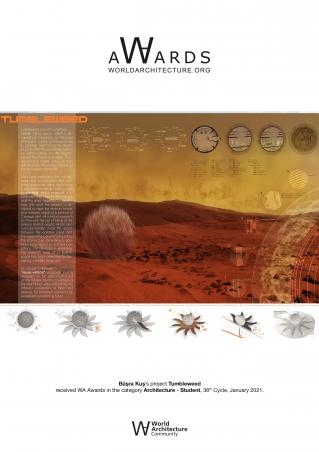
Downloaded 8 times.
Favorited 5 times
